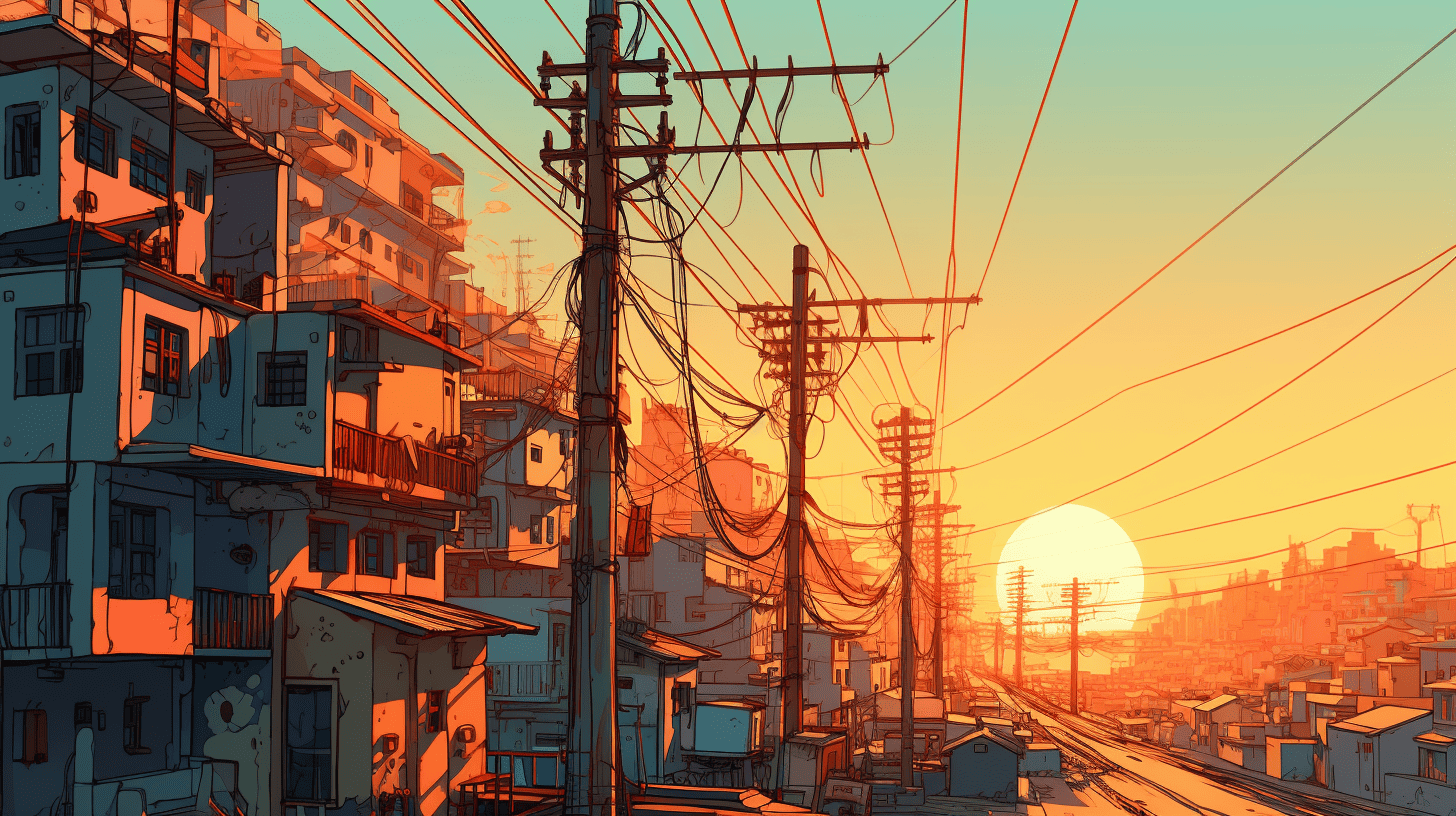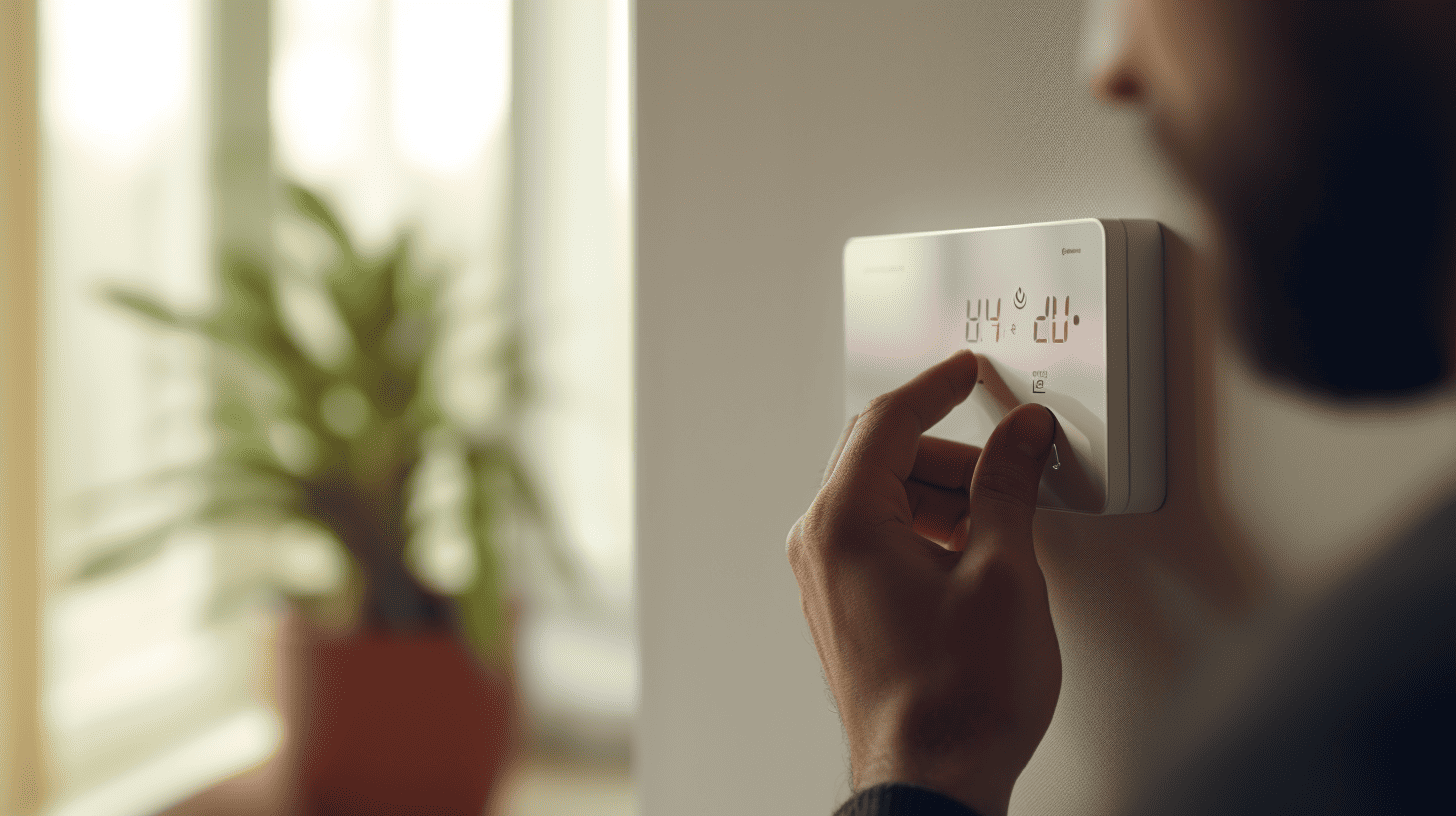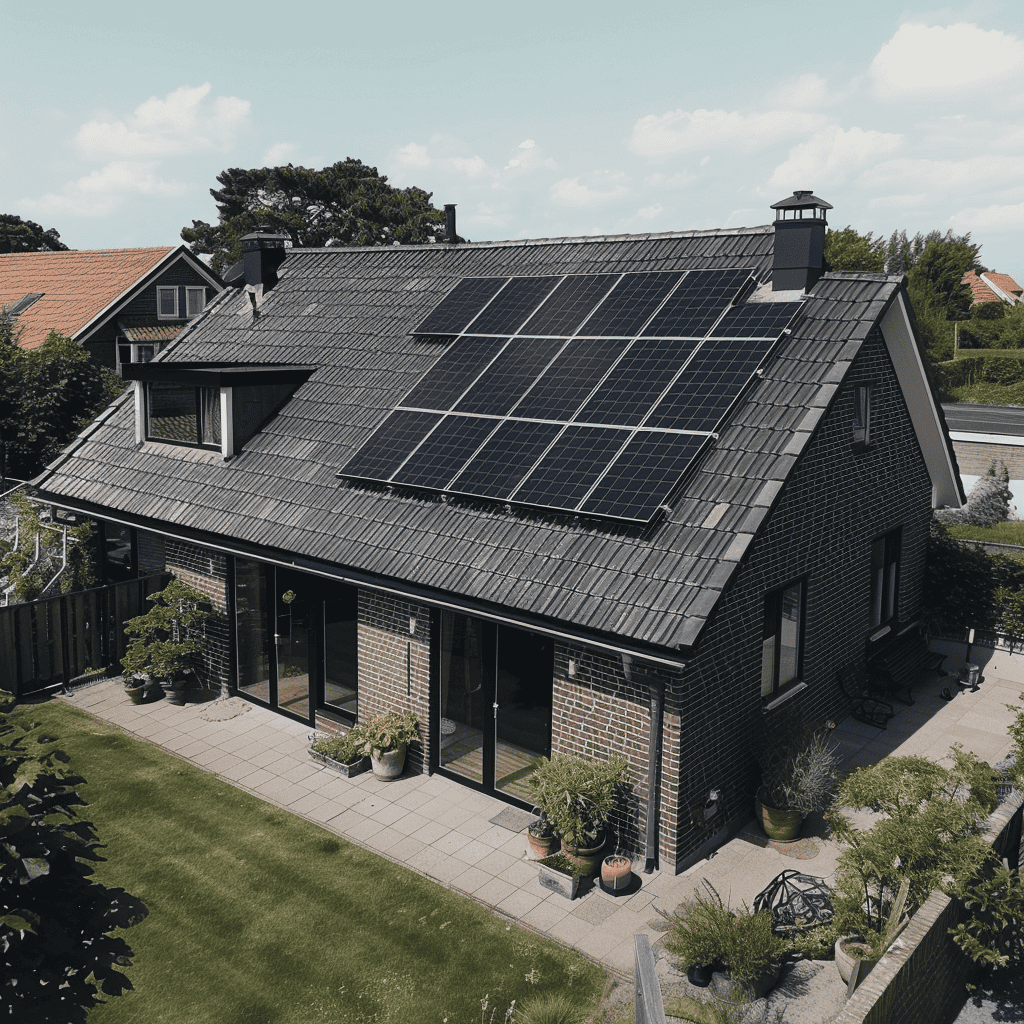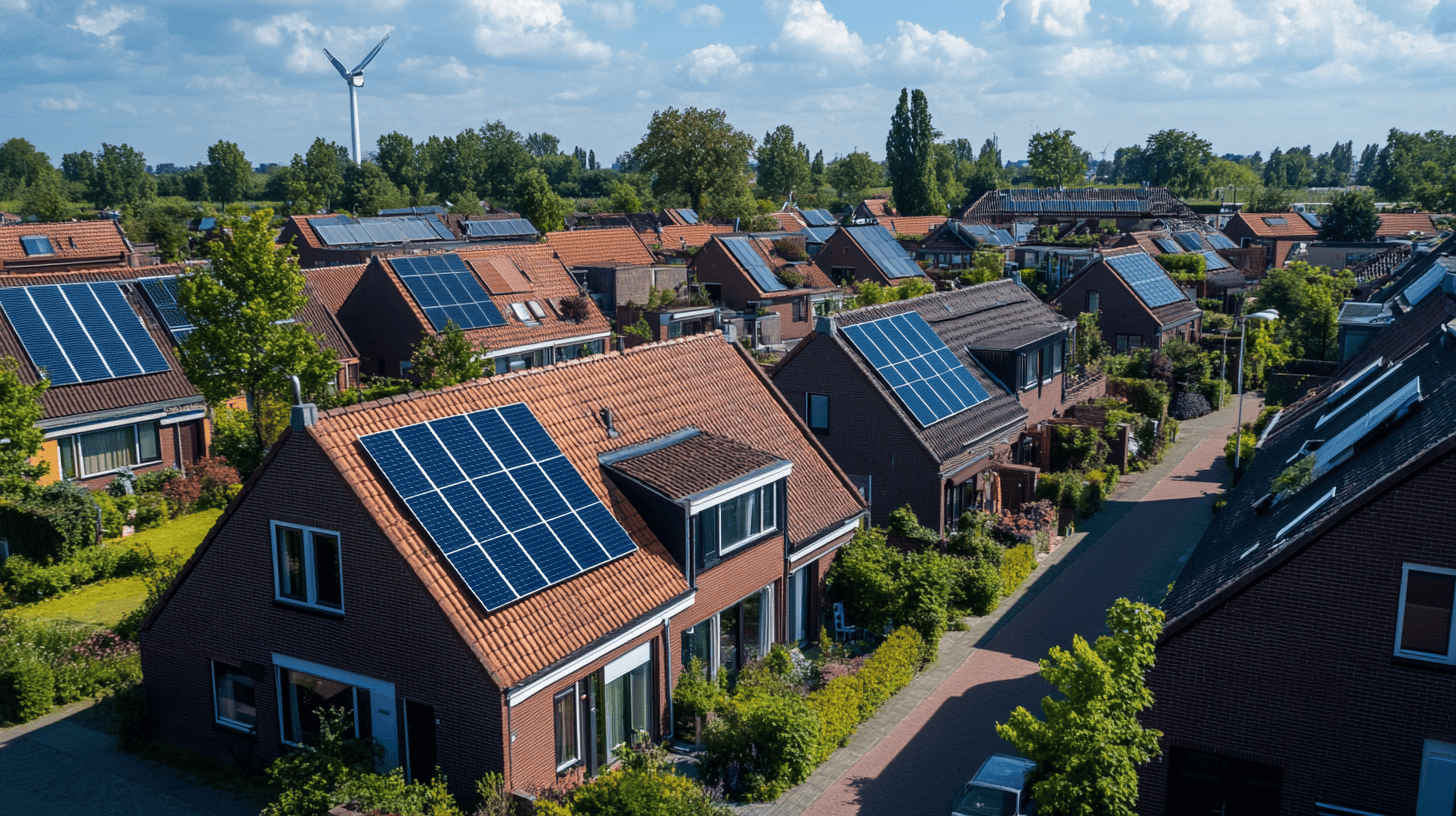
The Netherlands has nearly 12,000 energy-neutral homes, but complete energy independence is a step further. Although home batteries can store solar energy, a maximum independence of 60-70% at normal consumption is the highest achievable in this climate. However, dynamic energy contracts with variable tariffs offer a new opportunity to optimize energy consumption and even make some money. Of interest is the emergence of “off-grid” living, where households are not dependent on utilities. This does require technical knowledge, investment, and behavioral adjustments.
Self-sufficient living: what does it take?
A crucial part of energy-independent living is generating your own energy, for which solar panels are often used. However, these can only generate power when the sun is shining. This is a challenge in the Netherlands, known for its dark winter months. Therefore, a home battery is an essential part of this system. It stores solar energy generated during the day for use in the evening or during sunless days.

Nevertheless, current technology is not enough to fully power an average household year-round. Even with a home battery, one can only be fully independent 60-70% of the time. So, in the winter months, when the solar panels generate less energy, it is still necessary to use additional energy, for example from the grid.
Financially attractive: dynamic energy contracts
An interesting aspect of energy-independent living is the use of dynamic energy contracts. These contracts have rates that change hourly and daily, linked to energy prices on the market. This allows households to influence their energy consumption at times when rates are low, which can lead to lower energy bills. Moreover, they can even earn money from their consumption. For example, during the Whitsun weekend of 2023, there were negative power prices, which allowed households with dynamic contracts to earn money by consuming or storing energy.
However, to take full advantage of these contracts, it is necessary to be flexible in energy consumption and invest in the right equipment, such as a smart meter and a home battery.
Thermal storage and heat pumps
In addition to electricity, heat is also an important aspect of energy independence. Thermal energy storage (CHP) is a form of ground energy that uses groundwater as an energy buffer. Combined with a heat pump, this system can provide heating and cooling in well-insulated homes.
Although ATES systems can save up to 80% energy, there are challenges. The system can be complex and requires technical knowledge and skill in installation. In addition, legal restrictions and permits are required.
Off-grid living: one step further
In an off-grid living, the house is not connected to sewage, mains electricity, water and gas pipes. Although this is not yet easy in the Netherlands because of legal obligations, households are already taking this step. However, this requires significant modifications, such as installing rain barrels and helophyte filters and using composting toilets.
While energy independence is an ambitious goal and offers many benefits, it will be a step too far for most people. But with current technology, you can get close, with many benefits. Lower energy bills, less dependence on fluctuating energy prices, and a smaller carbon footprint are just some of the benefits it can offer. With the right investments, technical knowledge, and behavioral adjustments, you can get far in energy independence.








